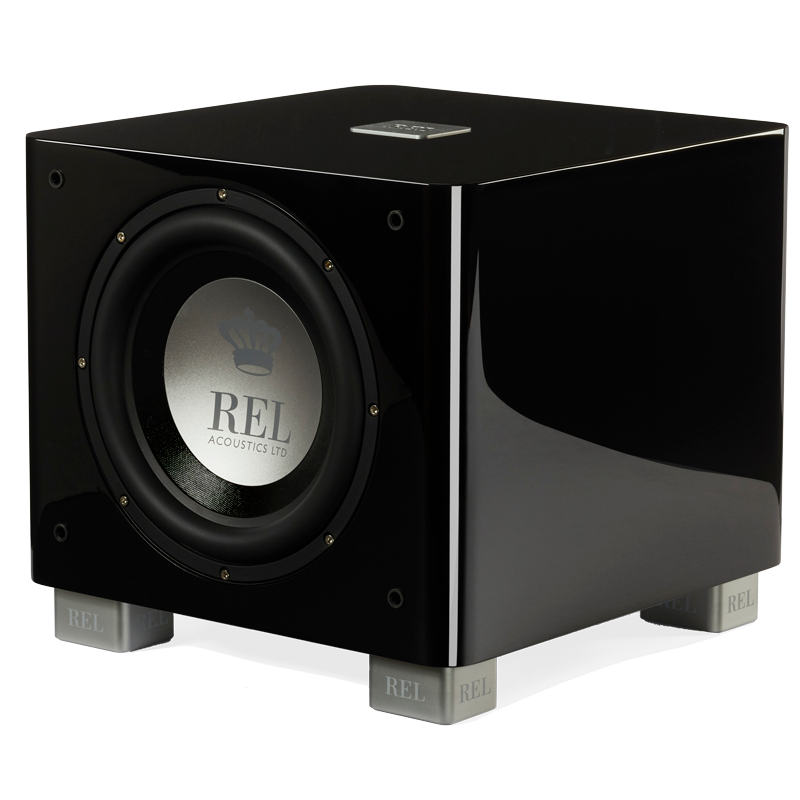Blog
Hunter Explains Amp Classes Used in REL
Class A/B or Class D; Only Quality Matters, NOT Class
The below text is a transcription of the video.
Hi there, John Hunter with REL here. We’re here to discuss our amplifier types. People get really wound up about stuff that they really shouldn’t. So the question is, why do we use class AB amplifiers in some of our designs and Class D and in fact in others, we use analog, linear, huge power supplies on class D output stage amplifiers. So we use every kind of possible permutation. Why did we do this? Courses for courses, as the Brits would say, right? It’s really important to understand what the system can support. A subwoofer is not an object unto itself. It is a really complex system. We’ll just define some of the parts right? Coming into it, we’ve got an incredibly fast filter. We may have perfect filters that modify that slightly. Then we’ve got state-of-the-art amplifiers, state-of-the-art drivers, the number of people it takes to produce one of our units is almost undoubtedly over 3000 people from start to finish.
We’ve got people that make our baskets for us, people that make cone material for us. People that make the center cap out of carbon fiber force. All completely different companies, the people that make our spider are different entirely. The Taiwanese sourced tinsel lead-in wire that we use now on all of our products, it’s incredible. There’s one factory in the world that makes the best tinsel. So you just start going through all of these. That’s just the driver, right? Then we get into the cabinets and we get into the finishing shops that do all of this specialty finishing for us. They’re different companies that paint the basket of our driver from the people that paint our cabinets. So it’s thousands of people working collaboratively. A subwoofer is a complex system, so we have to always ask, what is it we’re trying to accomplish? And it goes all the way down finally and ultimately to and what can we charge for this? What are our bestsellers for the last 20 years? Is the T5 in all of its different iterations? It’s currently on the T/5x, absolutely the best version of a 5 we’ve ever done by a huge margin. And one of the things that allows us to do that is the perfect filter, which demands power from the amplifier to improve the acoustic performance of the piece. When you start talking about producing things under a thousand dollars, you need to have really good, very smart, very efficient partners. We discovered this amplifier manufacturer and almost nobody else in the world knows about these guys, and we made them partners back in 2005. My first trip over, they were smart. They had great engineers. They were adaptive, they were participatory. As we were developing these things, they allowed us to go through the basic bones of the thing and completely re-engineer the thing to our specification.
So we went from what they were using to beautiful telecommunications, grade class fiber boards that were thick and had traces that were three times thicker and just we took the basic bones of this thing and just tore apart and built it properly because these people knew how to make things really well. They’re class AB. Well, because we’ve been working with them so long and were really considered structural partners with this company, they give us pricing that is utterly remarkable, that allows us in this day and age to continue to produce class AB amplifiers. Why not Class D? Shoot. You obviously use them in all kinds of other things, John, because horses for courses, we don’t need three 500 watts in a $699 music centric piece. We have that in our HT/1003 MKII. Horses for courses. Even though they’re almost exactly the same price as a T5, it’s a better application.
So we do the right thing for the right circumstance. Here, the structure, the warmth, the beauty of the way that a class AB amplifier produces mid-range textures and delicacy and can die into nothing that’s, you know, just tracks the echo decay pattern in a hall perfectly. All of that comes into play. When you start talking about home theater, you need massive amounts of power, huge amounts. On a T/5x, we’re looking at 125 watts, really high current, really well focused, really tightly regulated class AB watts. On a 300 watt, 10 inch HT/1003, you need all 300 of those watts and more to be able to scale the instantaneous peaks of these huge compression waves, that special effects demands. So we use exactly the right tool at exactly the right price for the entire system to be better.











